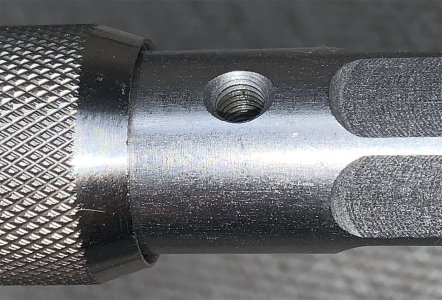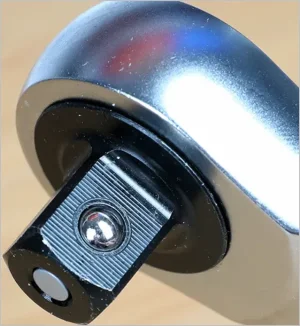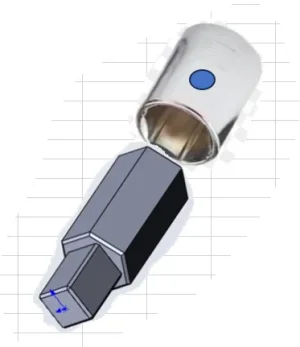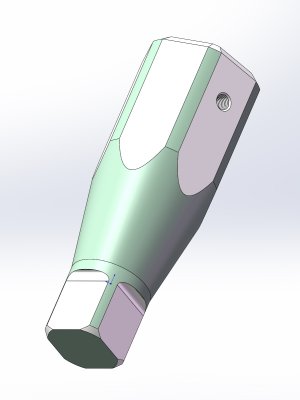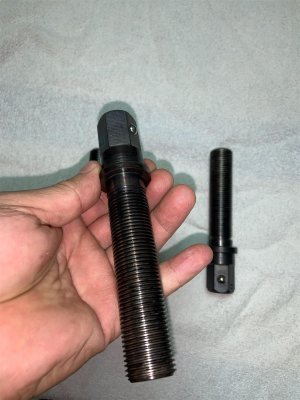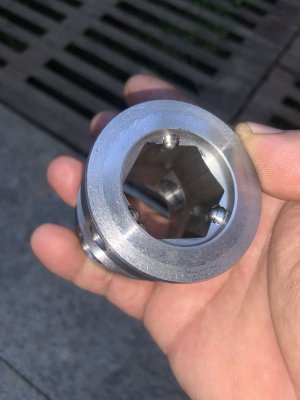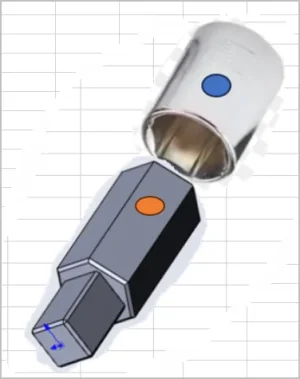Nice tooling. I don't quite understand, does the wrench (lower handle part in picture) somehow fit on the chuck key (upper part in picture) or are they 2 separate tools?
Time change being what it is, @a smile is prolly snoring.
The bottom part is the handle for the top part. It's designed to act like a t-handle or a spinner so you can crank the chuck key in or out quickly. The spinner had some extra length for leverage when needed.



